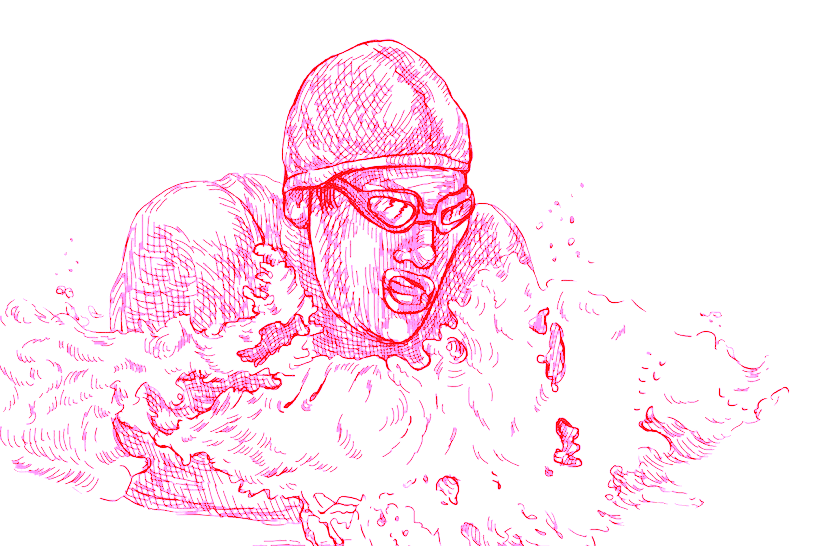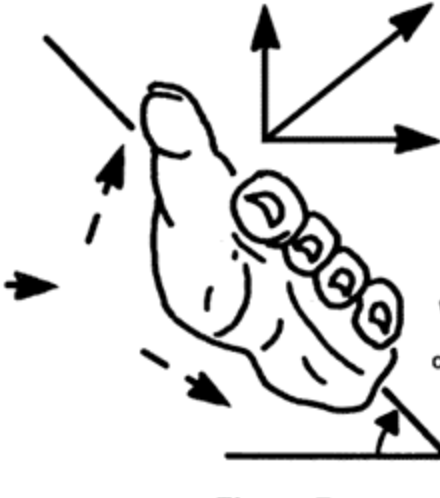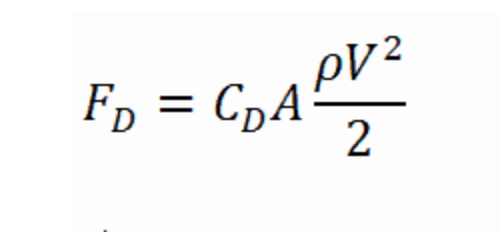biomechanics in swimming
- Ali K

- Mar 15, 2021
- 2 min read
Updated: Mar 24, 2021
Let's keep this one short and simple. Competitive events range from 50 to 1,500 meters and last anywhere from 17.63 seconds to over 15 minutes.
A perfect example of how BIOMECHANICS in swimming is changing.
Swimming is technique limited, which is why all swimmers worldwide try to get their technique as best as possible so that they can swim the fastest possible way. Only with excellent biomechanics can swimmers reach their competitive potential.
Technique limited sports requires a skilled coach who is knowledgable and someone that can adapt their plan for their athletes.
We all know how complex a technique can get, and coaches must translate complex to simple for their athletes.
Some areas to consider in Biomechanics:
Reduce resistance and drag
Find the proper balance of the lift force
Improve propulsion and maximise lift force
Analyse each stroke as a three-dimensional movement, watch for acceleration
Plan for the teaching process and the correction process (step by step)
Make stroke work and Underwater Travel (5th stroke) a daily priority
We have to use the technological advancements to our benefit to reduce resistance while trying to find the proper balance of lift and drag forces.
This beautiful sport requires the coordinated movement of muscles, activation of the core and power of the upper body; virtually every stroke in swimming requires you to stimulate all your muscle groups.
There are not very many sports in which the demands of a race contrast so significantly from those of training.
What do I mean by this?
Training sessions can last four hours a day; some swimmers train more than 9 training sessions a week. Contrast that with races that last less than 30 seconds, and this is the very reason we must be technique focussed in swimming.










Comments